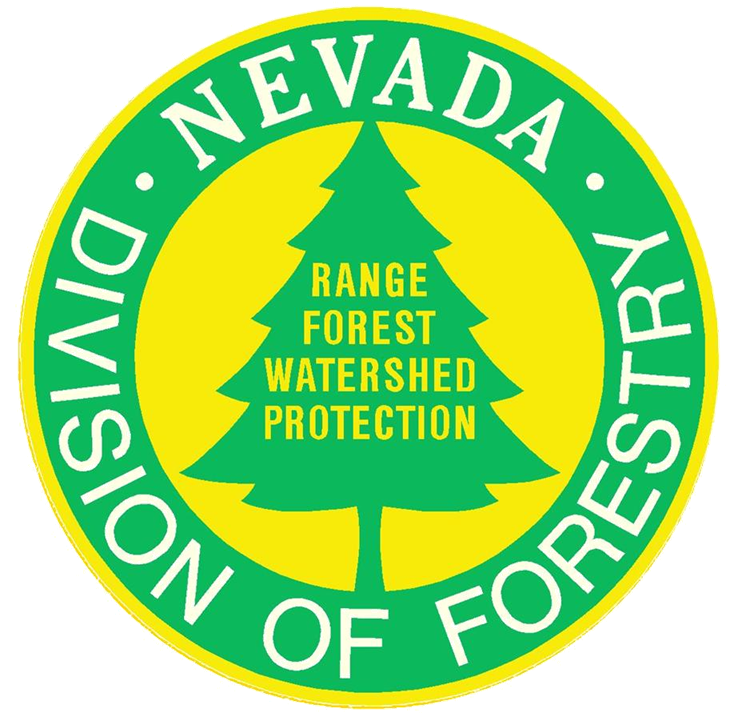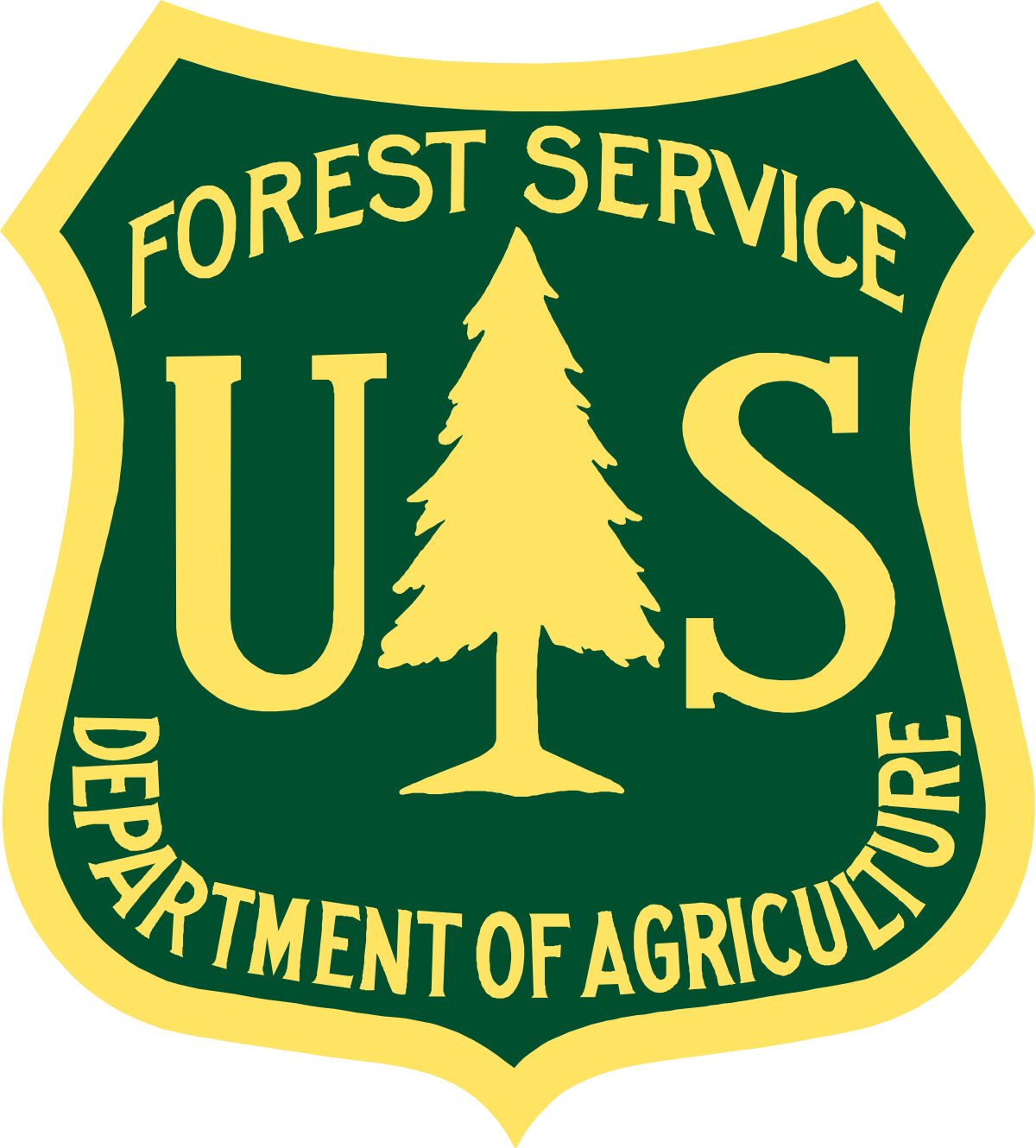Food Deserts to Food Forests

We know that the distance you live from a supplier of fresh produce is one of the best predictors of your health.
Michael Pollan
FIND OUT IF LIVE IN A FOOD DESERT.
IF YES, APPLY FOR A TREE HERE

What is a Food Forest?
A food forest, also called a forest garden, is a diverse planting of edible plants that attempts to mimic the ecosystems and patterns found in nature. Food forests are three dimensional designs, with life extending in all directions – up, down, and out.- Feeding the hungry
- 58.9% (OVER HALF) of the elementary students in Nevada rely on free and reduced meals to meet their most basic nutritional needs.
- According to the 2015 Map the Meal Gap Study (the only study that looks at the impact of hunger on a county by county basis nationally) conducted by Feeding America, children are at a higher risk of food insecurity compared to the overall population.
- Approximately 1 in every 8 individuals in Nevada are food insecure.
- Even with the assistance that children receive through SNAP and free school lunch programs, 1 in every 6 children in Nevada are food insecure
- Food insecurity is defined by the USDA as a socioeconomic condition of limited or uncertain access to enough food to support a healthy life.
- More than 63 million additional meals would need to be provided annually to fill the current hunger gap in Nevada alone.
- Utilizing more land for crop production
- Farmers today are working hard to feed a growing population on a shrinking amount of land. However, that land doesn’t have to be shrinking. We can utilize suburban yards, public parks, business park land, apartment complex yards, and even industrial brownfield sites.
- Wildlife habitat
- Areas for wildlife to eat, drink, nest, and find shelter are becoming rarer by the day — not just because of urban development, but also from the conversion of prairies and wooded land to cropland. Food forests succeed because they run as an ecosystem. As such, wildlife is an important factor in the success of a food forest. Food forests are biodiverse and include all the necessary components to support wildlife.
- Ecological improvement
- The amount of ecological restoration accomplished by a single food forest depends on the size of a food forest, but generally speaking, an agroforestry system offers many ecological benefits.
- Climate change/Carbon sequestration
- Reduced tilling and keeping all plant matter on site (chop-and-drop mulching) sequester carbon. Plants pull carbon from the atmosphere which they convert into plant tissues. Keeping the plant tissues in the soil keeps the majority of the carbon in the soil.
- Trees take up carbon from the atmosphere and release oxygen, acting as effective lungs for the city.
- Large numbers of trees are shown to reduce city temperatures (city heat) by several degrees.
- Large numbers of trees also affect the climate reducing winds with their size and increasing humidity and causing rain through evapotranspiration.
- Water quality
- Perennial root systems stabilize soil, reducing sediment in local rivers.
- Food forests do not use fertilizers or pesticides, thus eliminating this source of contamination of local water from this food source.
- Any food forests planted near water will act as a buffer to reduce the amount of urban sources of water pollution that reach the water such as oil, de-icing chemicals, and pet waste.
- Fertilizers and pesticides are not used
- Avoids runoff and contamination of water and land
- Avoids poisoning wildlife
- Reduces demand for the resources used to create these products.
- Healthier to the humans that eat the food
- Some pesticides are proven carcinogens, and some are likely carcinogenic.
- Heirloom, less-domesticated, and wild foods which are naturally more pest-resistant contain substantially more nutrients than their highly bred counterparts.
- Localization of food system
- Community gardens are shown to serve as a center for social interaction and civic engagement.
- Nutrient density of food is at its highest directly after harvesting.
- Connection of people to their food supply can give people more respect for the ecosystems that support them.
- Reduction of transportation of food reduces carbon emissions.
- Eating foods that are in season (eating the foods that are currently harvestable) ensures a greater variety in the diet, and thus a healthier diet.
- Climate change/Carbon sequestration
- The amount of ecological restoration accomplished by a single food forest depends on the size of a food forest, but generally speaking, an agroforestry system offers many ecological benefits.



 a mother with a
stroller, conducting
a flock of kids
ducklings waddling
there are liquor stores
and gun stores
and convenient stores
where is the nearest
place to get
, some lettuce
some tomatoes
some corn, anything
all she can afford
is dusty corn-ish chips
and ramen that isn’t
ramen and peanut butter
and on a good day some
jelly
ducklings waddling
toward the
crosswalk opposite
she is guiding them
toward school
where they
can get their free
breakfast of microwaved
eggs on a Styrofoam
tray with musty hash-
browns and sugary
chocolate milk
in a food desert,
in a desert…
a desert…
this desert is,
intentional
a mother with a
stroller, conducting
a flock of kids
ducklings waddling
there are liquor stores
and gun stores
and convenient stores
where is the nearest
place to get
, some lettuce
some tomatoes
some corn, anything
all she can afford
is dusty corn-ish chips
and ramen that isn’t
ramen and peanut butter
and on a good day some
jelly
ducklings waddling
toward the
crosswalk opposite
she is guiding them
toward school
where they
can get their free
breakfast of microwaved
eggs on a Styrofoam
tray with musty hash-
browns and sugary
chocolate milk
in a food desert,
in a desert…
a desert…
this desert is,
intentional

